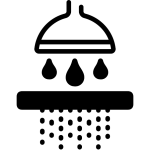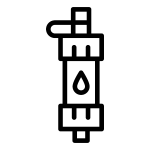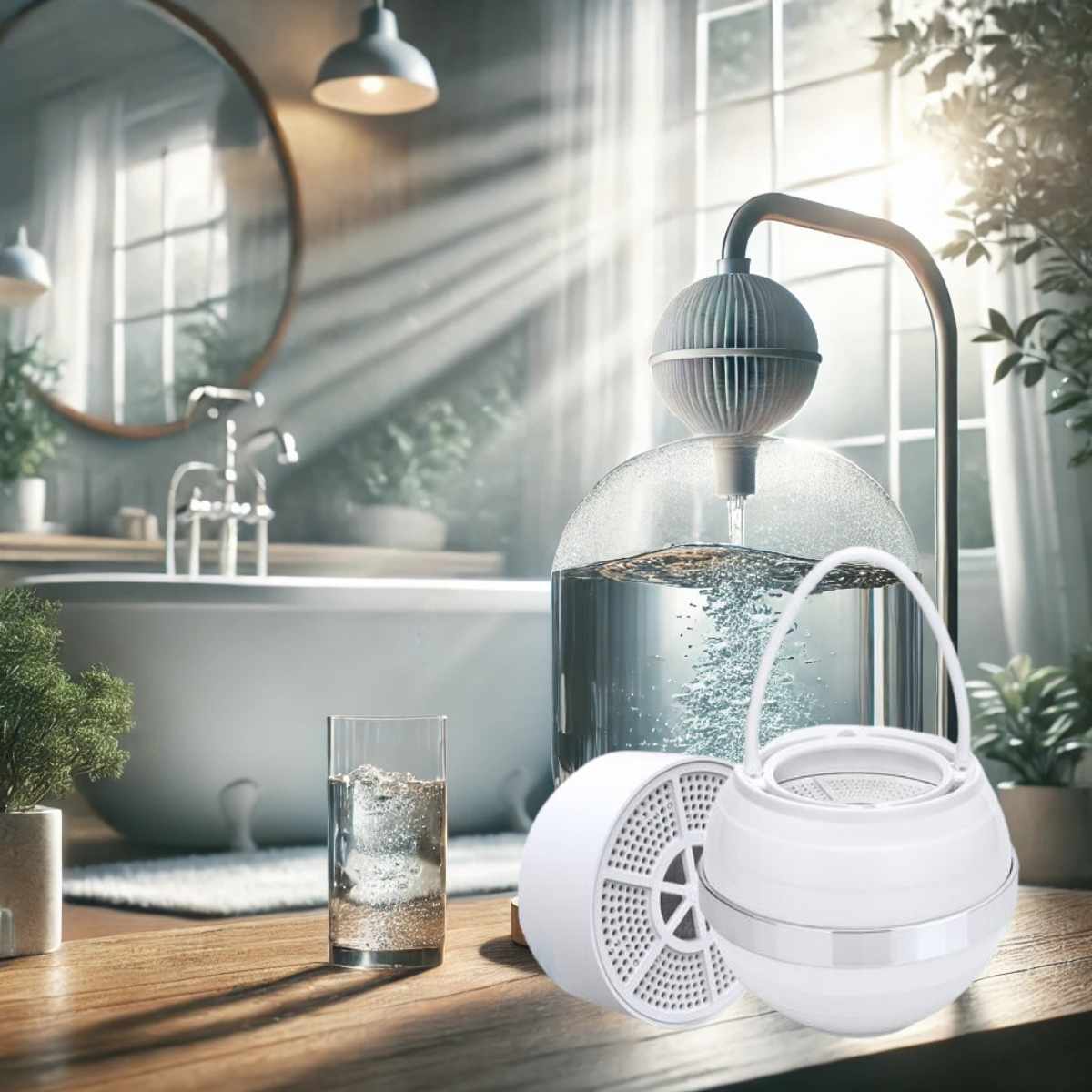A leaky bathtub faucet is not only annoying but can also lead to increased water bills and potential damage to your plumbing system. If you’re wondering, “How do I repair a leaky bathtub faucet?” you’re in the right place. In this comprehensive guide, we will walk you through the causes of a leaky faucet, how to fix it yourself, and when to call a professional.
Understanding the Causes of a Leaky Bathtub Faucet
Before jumping into repairs, it’s essential to understand why your bathtub faucet might be leaking. Some common causes include:
- Worn-out washers – The rubber washer inside the faucet wears down over time, leading to leaks.
- Damaged O-rings – These small rubber rings help prevent leaks, but they can degrade.
- Corroded valve seats – Water sediment buildup can cause corrosion, leading to a leaking faucet.
- Loose or damaged faucet handles – If the handles are not properly secured, water can escape.
- Faulty cartridge – In cartridge-style faucets, the cartridge may wear out and need replacement.
Tools and Materials You’ll Need
To fix a leaky bathtub faucet, gather the following tools and materials:
- Adjustable wrench
- Screwdrivers (Phillips and flathead)
- Replacement washers and O-rings
- Plumber’s grease
- Plumber’s tape (Teflon tape)
- Replacement cartridge (if applicable)
- Bucket and towels
Step-by-Step Guide to Fixing a Leaky Bathtub Faucet
Step 1: Turn Off the Water Supply
Before starting the repair, turn off the water supply to avoid flooding. Locate the water shutoff valve in your home or turn off the main water supply. Open the faucet to drain any remaining water.
Step 2: Remove the Faucet Handle
Most bathtub faucet handles are secured with a screw. Use a screwdriver to remove the screw and gently pull off the handle. If the handle is stuck, apply some heat using a hairdryer to loosen it.
Step 3: Remove the Escutcheon Plate
The escutcheon plate (the metal plate behind the handle) might be held by screws or caulk. Remove any screws and gently pry off the plate.
Step 4: Take Out the Faucet Stem or Cartridge
Depending on the faucet type, you’ll either find a stem or a cartridge inside. Use an adjustable wrench to unscrew and remove the stem or pull out the cartridge.
Step 5: Inspect and Replace the Washer and O-Ring
Check the rubber washer at the end of the stem or inside the cartridge. If it appears worn or cracked, replace it with a new one. Apply plumber’s grease to ensure a good seal.
Similarly, inspect the O-ring and replace it if necessary. A damaged O-ring can also contribute to leaks.
Step 6: Check the Valve Seat
The valve seat is inside the faucet body and can become corroded over time. Use a flashlight to inspect it for signs of damage. If it appears rough or corroded, clean it with a valve seat wrench or replace it.
Step 7: Reassemble the Faucet
Once all the worn-out components are replaced, reassemble the faucet in reverse order:
- Insert the new washer and O-ring.
- Reinstall the stem or cartridge.
- Screw the escutcheon plate back into place.
- Reattach the handle and secure it with the screw.
Step 8: Turn On the Water Supply
Turn the water supply back on and test the faucet for leaks. If no leaks are present, congratulations! You’ve successfully repaired your leaky bathtub faucet.
When to Call a Professional Plumber
If you’ve followed the steps above but still experience leaks, it may be time to call a professional plumber. Signs you need professional help include:
- Persistent leaks after replacing the washer and O-ring.
- Corroded or damaged plumbing pipes.
- Low water pressure issues related to the faucet.
- Lack of proper tools or experience to complete the repair.
Preventing Future Bathtub Faucet Leaks
To extend the life of your bathtub faucet and prevent future leaks, follow these maintenance tips:
- Regularly inspect your faucet – Check for small drips and address them early.
- Clean mineral buildup – Use vinegar to remove mineral deposits that can wear down parts.
- Avoid overtightening the handle – Turning the faucet handle too tightly can wear out washers faster.
- Replace parts as needed – If you notice worn-out washers, O-rings, or cartridges, replace them before a leak starts.
Final Thoughts
How do I repair a leaky bathtub faucet? Fixing a leaky bathtub faucet is a manageable DIY task that can save you money on water bills and prevent further damage. By following this step-by-step guide, you can confidently repair your faucet and keep it in good working condition. If the issue persists, don’t hesitate to seek professional assistance.
At Cuoll, we offer a wide range of water filtration products, shower heads, and bathtub accessories to enhance your home’s water quality. Visit our website today to explore our collection and improve your bathroom experience








